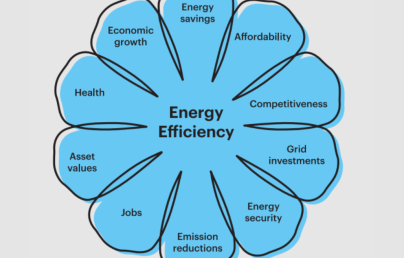
Assessing operational carbon footprint: the Adohi Hall case study

Assessing operational carbon footprint: the Adohi Hall case study
This study evaluates the operational carbon footprint of Adohi Hall, finding that cleaner energy sources and the campus's combined heat and power plant significantly reduce emissions by up to 21%.
Buildings significantly contribute to global energy consumption and carbon emissions, with building operations accounting for 28% of the world’s emissions.
This study, titled ‘LCA Operational Carbon Reduction Based on Energy Strategies Analysis in a Mass Timber Building’ focuses on the operational carbon footprint of mass timber buildings, specifically Adohi Hall at the University of Arkansas.
It aims to assess the building’s energy use and carbon emissions over a three-year period (2021-2023), utilising life cycle assessment tools and databases.
The study found that Adohi Hall emits 4496 kg CO2 eq per square meter over 50 years. It also identified that cleaner electricity sources could reduce emissions by 17%, and the campus’s combined heat and power (CHP) plant cuts emissions by about 21% compared to similar buildings without CHP. This highlights the effectiveness of CHP in reducing building operational carbon.
sustainability-16-06579.pdf
English (3.07 MB - PDF)
